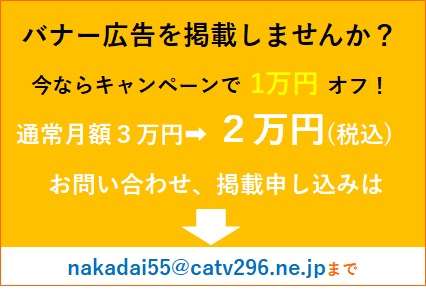In the field of user experience design, the “user” comes first. A user is a person who is trying to solve a problem and is looking for a product or service to help them solve it. The user experience is the journey that the user takes with that product or service. As a UX designer, your goal is to keep the user at the center of every decision you make, and to do that, you need to get to know your user.
Most of the initial UX research that you conduct at the beginning of the project will be focused on getting to know the characteristics of your users, their goals, and their pain points. Understanding the user empowers you to design experiences that are helpful or easy to use.
One of the key challenges of getting to know your users is avoiding taking a narrow view of the user, or making assumptions about what users need based on stereotypes. Users who seem to be different from one another might actually have shared wants and needs. Make sure to step back and get a clear picture of all your potential users–which often means that you’ll need to specifically plan to address the needs of users who are often overlooked.
To reach as many users as possible, you’ll consider questions such as these as part of your user research approach:
Do my users have impairments or disabilities to consider–whether temporary, situational, or permanent?
How familiar are my users with technology?
How are my users accessing the product or service?
Where and when are my users accessing the product or service?
Have I considered all my potential users?
The goal for user research is to get the widest possible selection of potential users to include as research participants. Make sure to consider income level; demographic data such as age, gender, and ethnicity; educational background; and geographic location.
Accessibility is about making products accessible to all people, whether they have a disability or not. Think about inclusive product features that increase magnification, like enlarged fonts. Or features that help everyone understand videos, like closed captions.
Throughout the rest of the certificate program, you’ll learn more examples of how features that were initially designed for users with disabilities became universally used by non-disabled people as well. You’ll also learn more about how to effectively apply accessibility principles to your designs.
How familiar are my users with technology?
User experience doesn’t just focus on the experience of existing users, however. It also includes paying attention to the needs of people who are about to become users. Nearly a billion people, of all ages, all around the world, are getting online for the very first time.
How are my users accessing the product or service?
It’s important to keep in mind that not all users will access your product or service in the same way due to the cost and availability of devices and internet services. These factors are often due to other broader and historical factors in the markets you might be designing for.
Some users might not have reliable or unlimited access to the internet. This might be because the data they have purchased has run out or because their network coverage is inconsistent or sporadic. As a UX designer, you should try to find ways to take the offline experience into account as well. For more examples of ways you can create a rich offline experience for your users, check out the article
Offline UX design guidelines
on web.dev.
Where are my users accessing the product or service?
In some cases, you might be designing a product or service intended for use by people in various locations around the world, which creates some additional considerations, like local languages and cultural norms. Keep in mind that cultures and norms are ever-changing as people integrate and recontextualize technology in their lives, so you’ll need to continue to research potential users to identify shifts in user problems, preferences, and usage patterns over time.
Your goal as a UX designer is to solve a user problem by creating a design that makes every user feel like you designed the experience just for them no matter who they are, where they live, how much they earn, what their abilities are, or how highly they’re educated. Gaining a comprehensive understanding of your user’s context is an important place to start, and you’re already on your way.



















コメントを書く